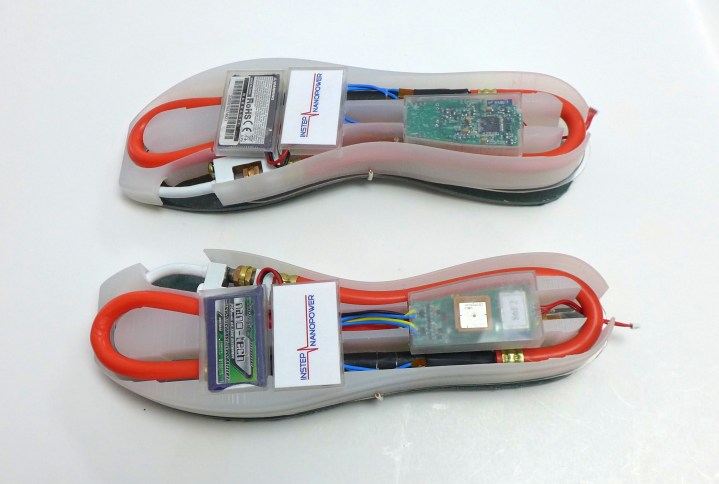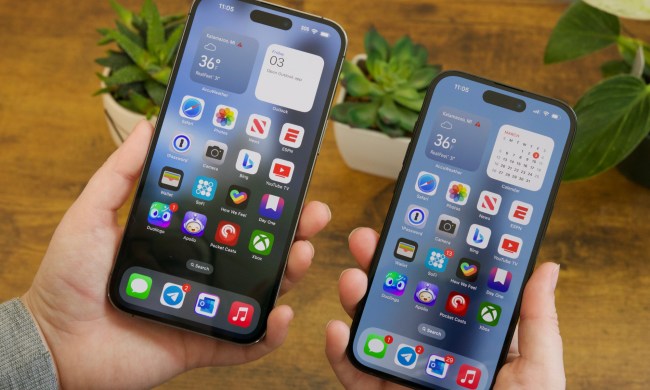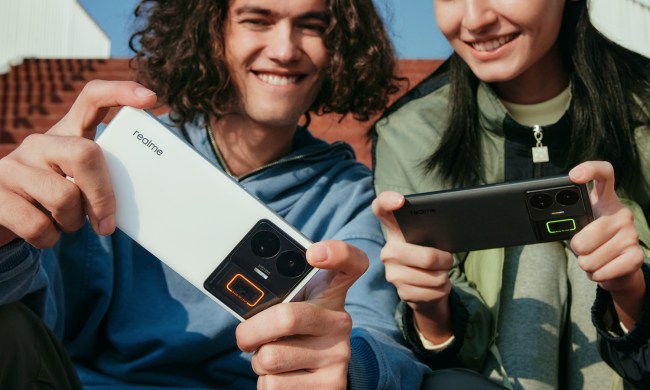
Our phones seem to have a nasty habit of running out of juice when we’re running about, but soon, we may be able to harness all that running energy to the benefit of our mobile devices. Thanks to a new energy harvesting and storage technology developed by the bright minds at the University of Wisconsin-Madison, our shoes may become our next energy source. A paper published late last year in Scientific Reports details how human motion could be captured and then utilized in order to power mobile devices. And this may spell just the beginning of power-generating shoes.
Power-generating shoes could be especially useful for the military, as soldiers currently carry heavy batteries to power their radios, GPS units, and night-vision goggles in the field. The advance could also provide a source of power to people in remote areas and developing countries that lack adequate electrical power grids.
“Human walking carries a lot of energy,” Tom Krupenkin, a professor of mechanical engineering at UW-Madison says. “Theoretical estimates show that it can produce up to 10 watts per shoe, and that energy is just wasted as heat. A total of 20 watts from walking is not a small thing, especially compared to the power requirements of the majority of modern mobile devices.” From your phone to your tablet to just about anything that requires batteries for operation, Krupenkin and his colleague J. Ashley Taylor believe that this technology could be a game-changer in the energy space.
While using kinetic energy to power devices is not a new concept, actually achieving success has been tricky, to say the least. Because of the “relatively small displacements and large forces of footfalls,” harvesting and then converting energy has previously proven difficult. But Krupenkin’s team has been looking into new methods of “directly converting mechanical motion into electrical energy that are appropriate for this type of application,” he says.
Making use of “reverse electrowetting,” a technique Krupenkin and Taylor first developed in 2011, researchers have been able to use a conductive liquid and a nanofilm-coated surface to directly convert mechanical energy into electrical energy.
“While this method does generate power, it still needs a high-frequency energy source,” Krupenkin explained, “like a quickly vibrating or rotating motor. Yet our environment is full of low-frequency mechanical energy sources such as human and machine motion, and our goal is to be able to draw energy from these types of low-frequency energy sources.”
Krupenkin and Taylor have therefore come up with yet another innovative solution — the bubbler method. Using what they call a “bubbler device,” which is “comprised of two flat plates separated by a small gap filled with a conductive liquid,” the technique effectively relies on the quick and repetitious motion of bubbles growing and collapsing in order to move the conductive fluid back and forth, thereby creating a charge.
“The high frequency that you need for efficient energy conversion isn’t coming from your mechanical energy source but instead, it’s an internal property of this bubbler approach,” Krupenkin says. The goal would be to implement this technology in the sole of a shoe, turning your footwear into a viable power source.
Sure, it’s still a work in progress, but it may just be the best thing to happen to your shoe since … well, Velcro.


